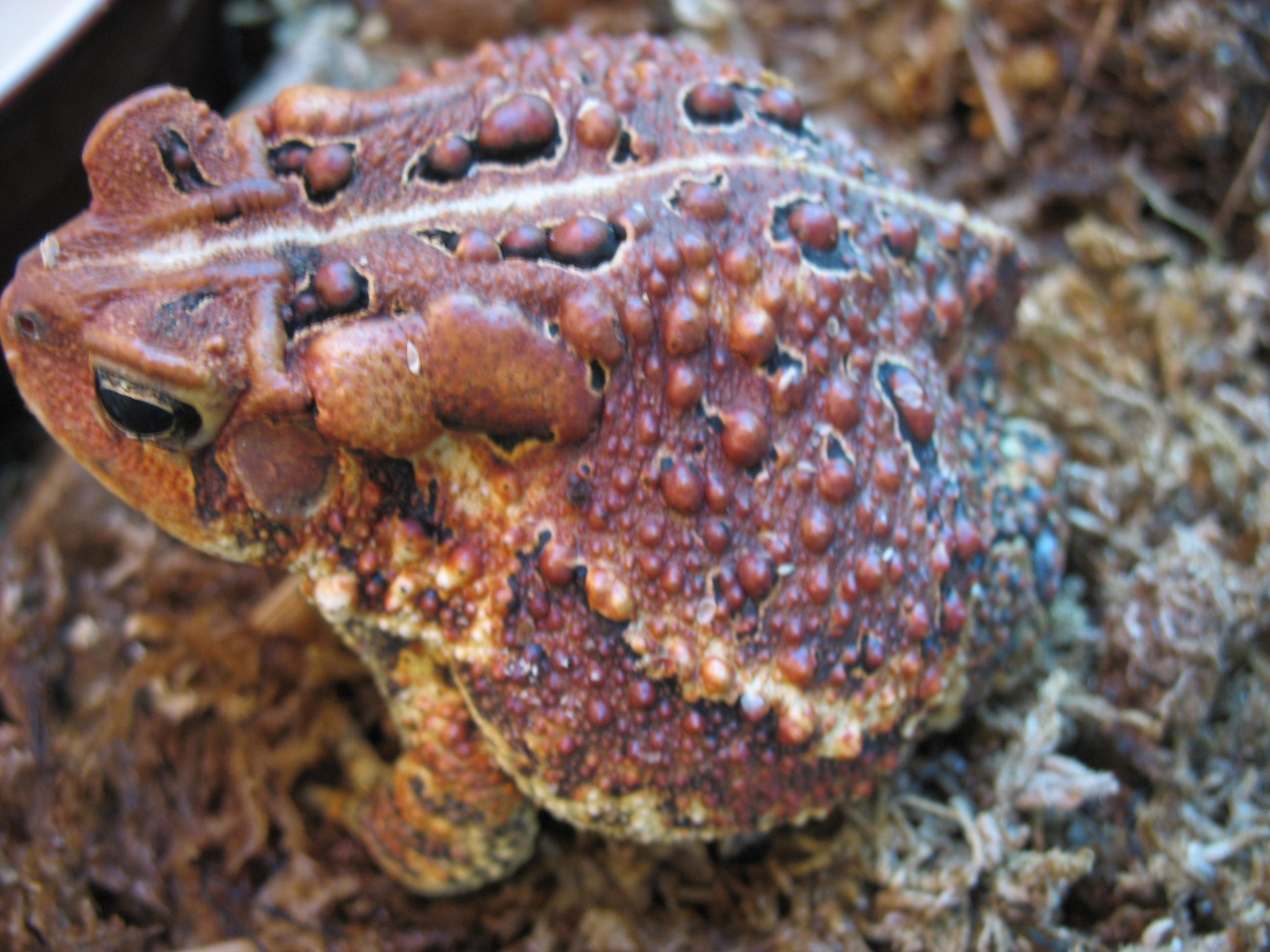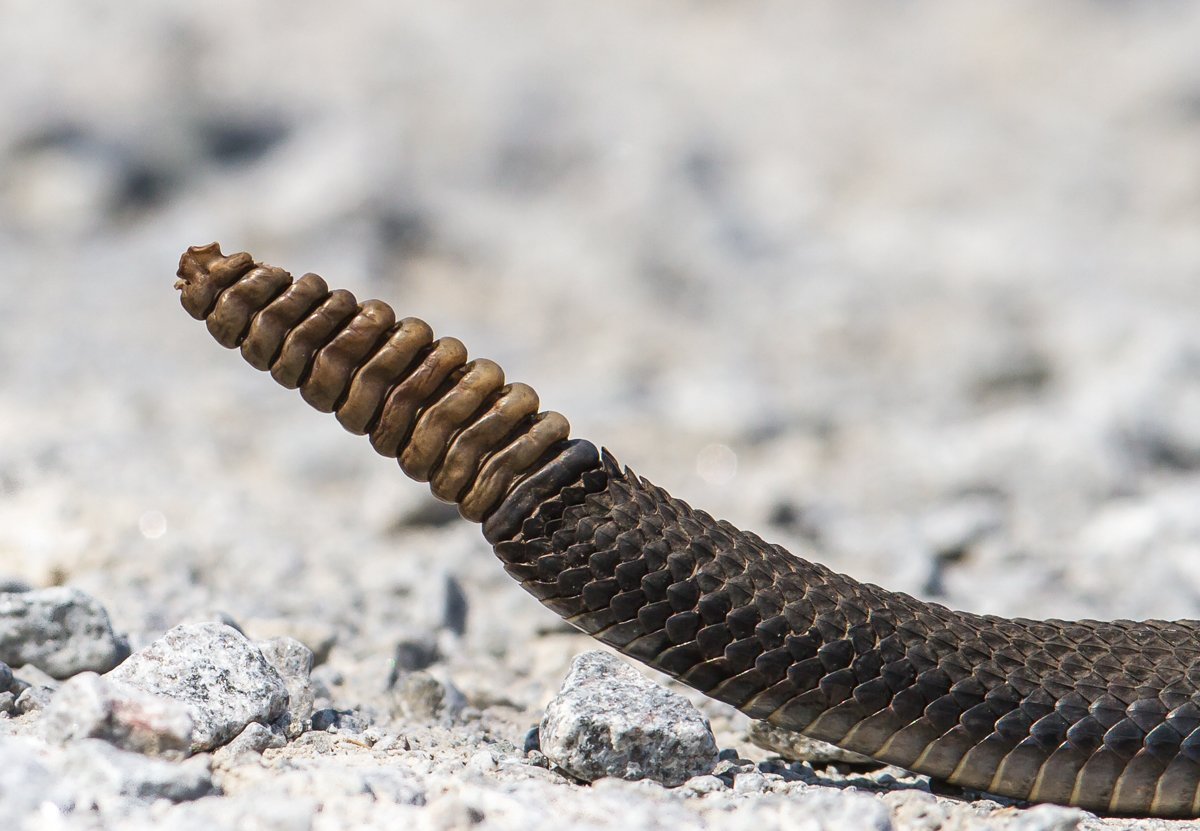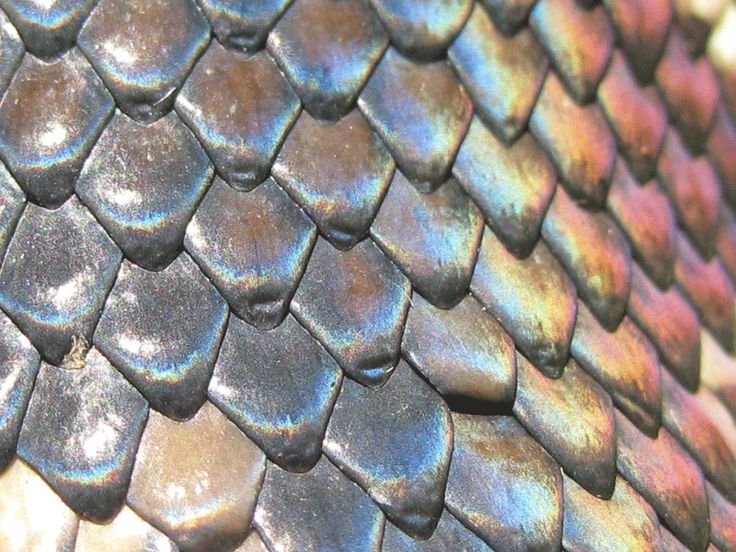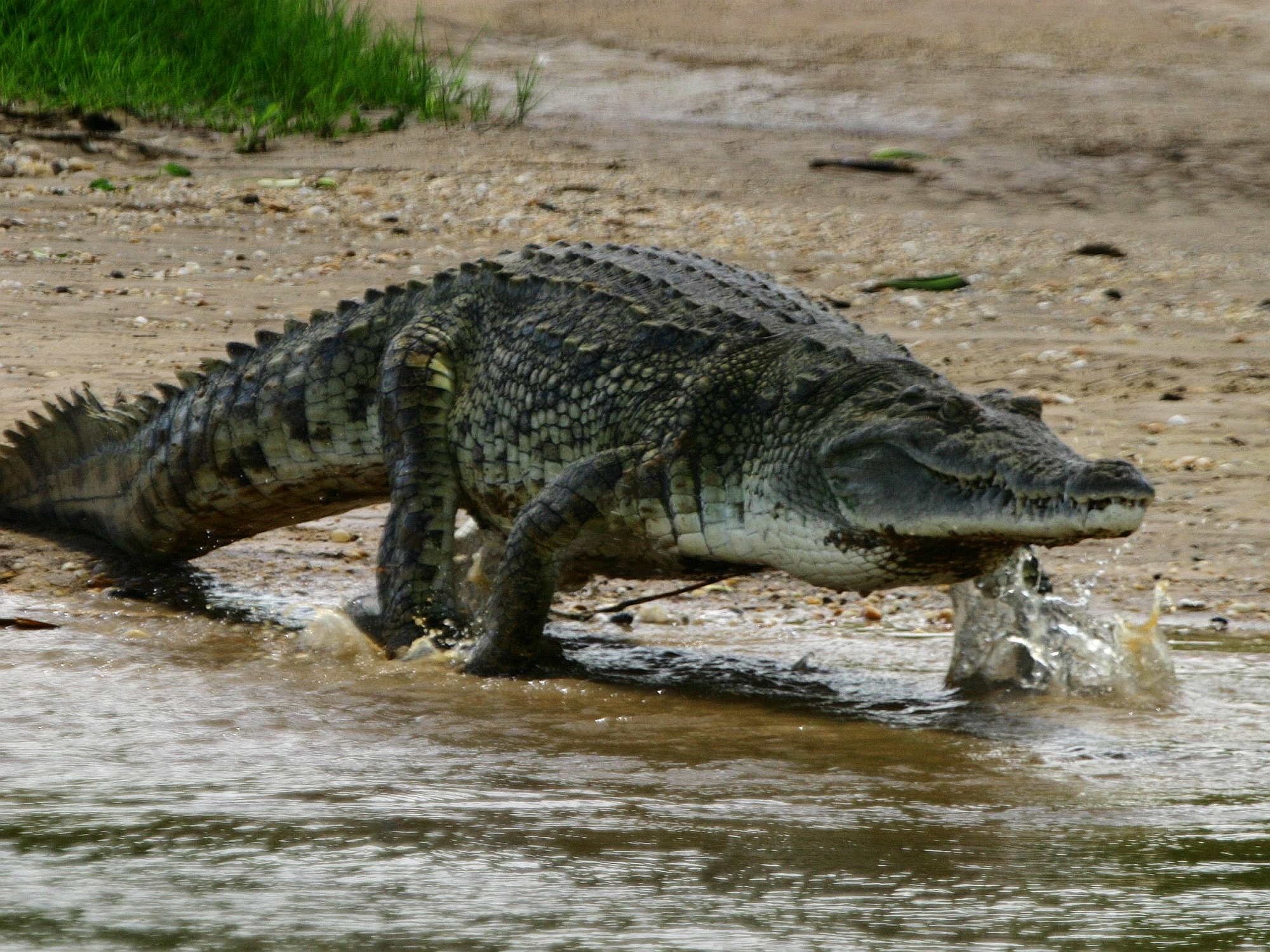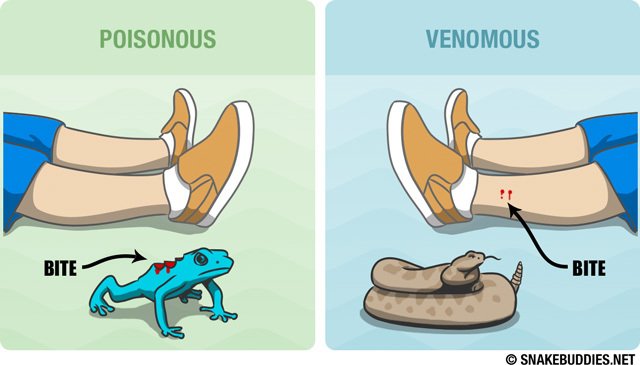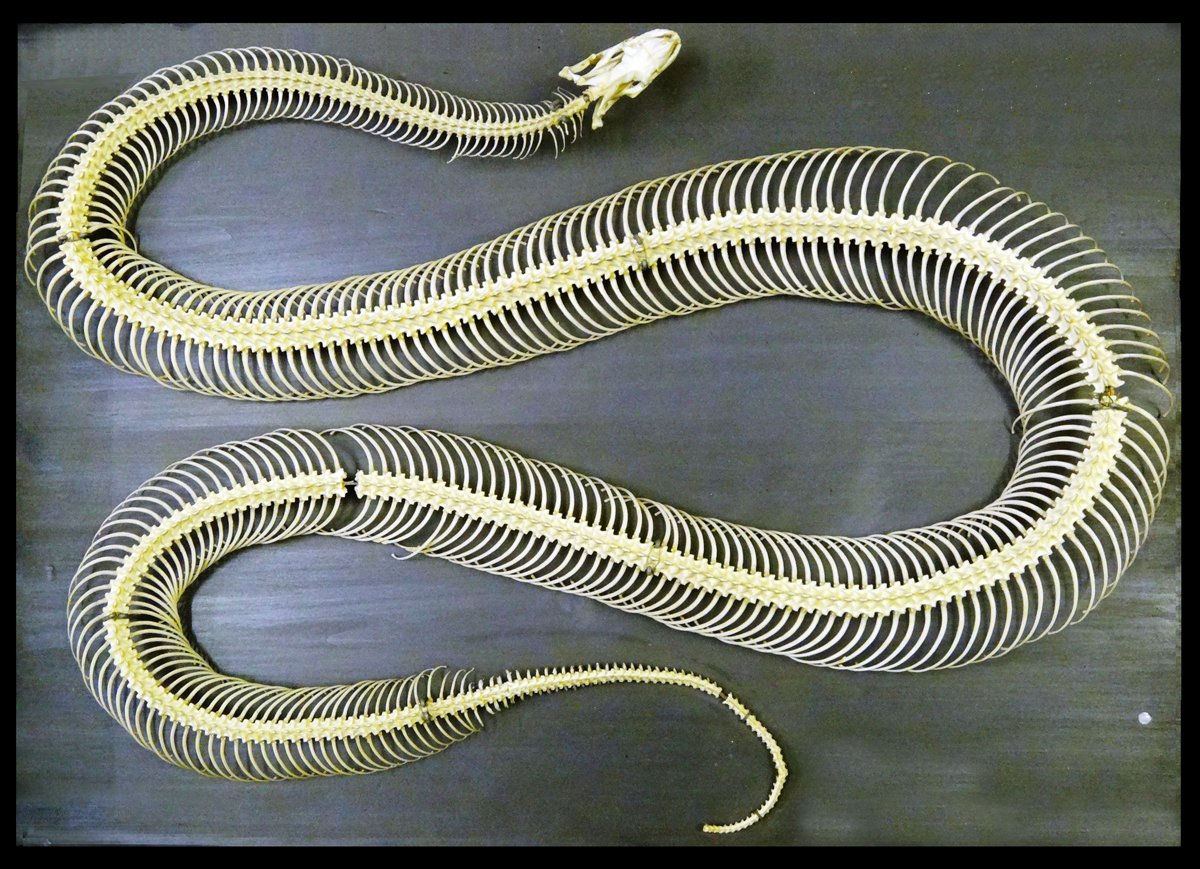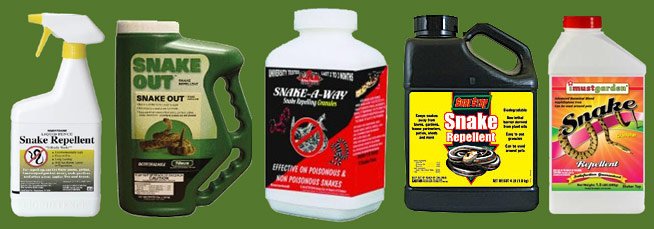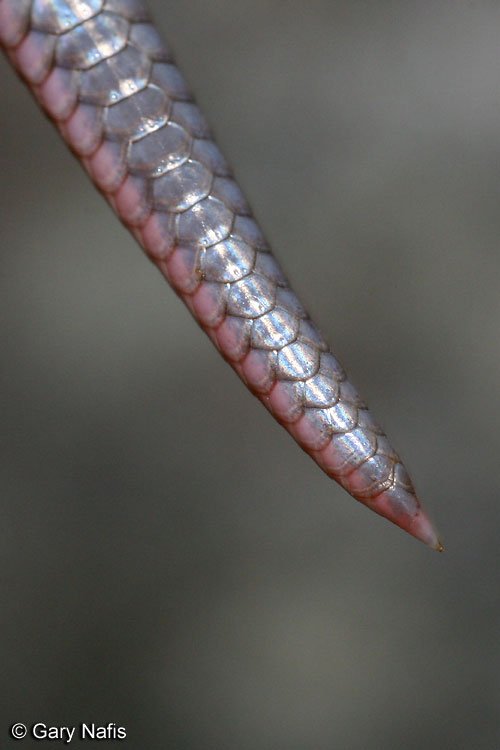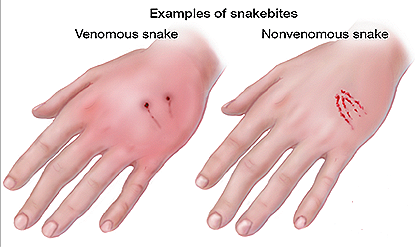Just like any other animal, plenty of myths and false beliefs surround reptiles and amphibians. While most are relatively benign and typically due to ignorance or mistaken identity, some are more detrimental, leading to people killing wild animals simply because of misunderstandings. So I thought I'd post today debunking some of the most common myths and misinformation regarding these animals.
Toads can give you warts.
Warts are caused by human viruses, not woodland amphibians. Most of the bumps on toads are just that...little bumps that allow them to blend in better with their territory. All toads have a pair of bumpy paratoid glands behind their head, and some can produce a toxic poison that may have a harmful effect if handled. While it's best to leave these animals alone, handling one will not give you warts.
All reptiles lay eggs.
It's okay, you can blame this one on your teachers. Most of us were (incorrectly) taught that all reptiles have scales, are cold-blooded, and lay eggs. While the majority of reptiles do lay eggs, many species of snakes and lizards are ovoviviparous, meaning they retain their eggs within their body and give birth to live young!
You can tell a rattlesnake's age by the number of rattle segments.
Nope. While the rattle does grow as the snake grows, the rate is determined by shedding frequency, not by year. Depending on food availability and growth, a rattlesnake may shed several times each year. The rattle is also a fairly fragile structure, and longer rattles are known to break off relatively easily. So counting rattles does NOT give a good indication of age.
Reptiles are slimy.
Reptiles actually feel very dry; some have scales that are coarser, and other have scales that feel nice and smooth (though not slimy). Many have a glossy or wet appearance because their smooth scales easily reflect light. Scales are made up of keratin, so most reptiles actually feel very similar to your fingernails!
Crocodiles can run as fast as a race horse.
Many people believe that a crocodile could easily chase you down on land. Here's a few statistics: The fastest horse on record clocked in at 44 mph, and the fastest human race walkers can attain speeds up to 11 or 12 mph. Crocodiles typically top out at about 12 mph when running on land (and that's for incredibly short distances, roughly 20-25 m). This means that most people could probably out run a crocodile (some even without breaking into a run!). In the water, it's a different story: crocs can reach speeds of up to 20 mph...Michael Phelps' 6 mph top speed would be no match!
All snakes are "poisonous".
The majority of snakes are completely harmless, yet people fear that they may be venomous. Remember the difference between venom and poison (venom is injected, poison is consumed, inhaled or absorbed). Venomous species, which are less common, inject venom by biting. There are actually poisonous snakes (some fairly common), but these pose no risk to you as long as you don't eat or lick them (duh).
Snakes don't have bones.
Snakes are vertebrates, just like you an me, and have a skeletal structure. Their ability to twist and contort their body with near-impossible flexibility has given rise to the belief that they possess no bones. Snakes have a skull and jawbones, a spine (making them a vertebrate) and a LOT of ribs (some of the largest snakes can have up to 300-400 pairs of ribs!).
Salamanders are fire-proof.
Ancient peoples believed the salamander to be a creature born in flames, but I was actually surprised to learn that many people still believe salamanders can withstand fire. The most likely origin of this is probably due to observations of salamanders crawling out of burning logs and escaping unscathed. This has nothing to do with them being fireproof (no, they can't douse the flames with their slime), but rather these are lucky individuals making a hasty escape.
If a snapping turtle bites down it will not let go (until it thunders).
Snapping turtles are tenacious animals with very powerful jaws. When they clamp down, they may be very reluctant to let go and difficult to pry off. This is because they do not want potential prey to escape or predators to be able to retaliate. They will eventually let go, but this has nothing to do with weather phenomena.
CreditSprinkling sulfur around your yard will keep snakes away.
There is no scientific evidence to back this claim, and you are far more likely to kill a variety of animals that you DO want around (for pest control or pollination for example). Please don't employ this method as it can really mess up the local ecosystem. Snakes are hard to deter, but the best method is to remove places where they can hide or where their prey, such as rodents, can take shelter. Having a snake around can be very beneficial for pest control, but many people aren't fond of their presence. Don't waste your money on the "snake deterrent sprays" at your home improvement store. There is no evidence they work.
Snakes can hypnotize humans and prey.
Snakes occasionally sway ever so slightly back and forth when hunting, leading my people to believe that they are capable of hypnotizing prey. This behavior in actually a method used by the snake to increase its depth perception while stalking.
Snakes have stingers on their tail.
Venomous snakes only inject venom through their teeth; there is absolutely no stinger. Some snakes have a hardened tip at the end of their tail that they use predominantly for burrowing. When captured, these snakes may poke or press that tip against their captor in an attempt to escape. Though pointy, it is neither sharp enough nor strong enough to break the skin or cause damage.
Bites from non-venomous snakes will still make you sick.
I'll say half-true. Non-venomous snakes are relatively harmless even when they bite humans. However, snakes can have dirty mouths, and an unwashed wound could get infected (just like any other open wound exposed to bacteria). If bitten by a snake, simply wash the area like you would a normal wound with soap and water to avoid a secondary infection.
Folktales and rumors still surround reptiles and amphibians, and people who visit our facility are always surprised to learn that much of what they believed to be true about an animal is completely based in myth. It's our job to help people understand the animals they come into contact with on a daily basis and ensure that we are better able to cohabitate with these awesome species.
(There are plenty more myths out there to be debunked, so I may do a part 2 if interest is high).

